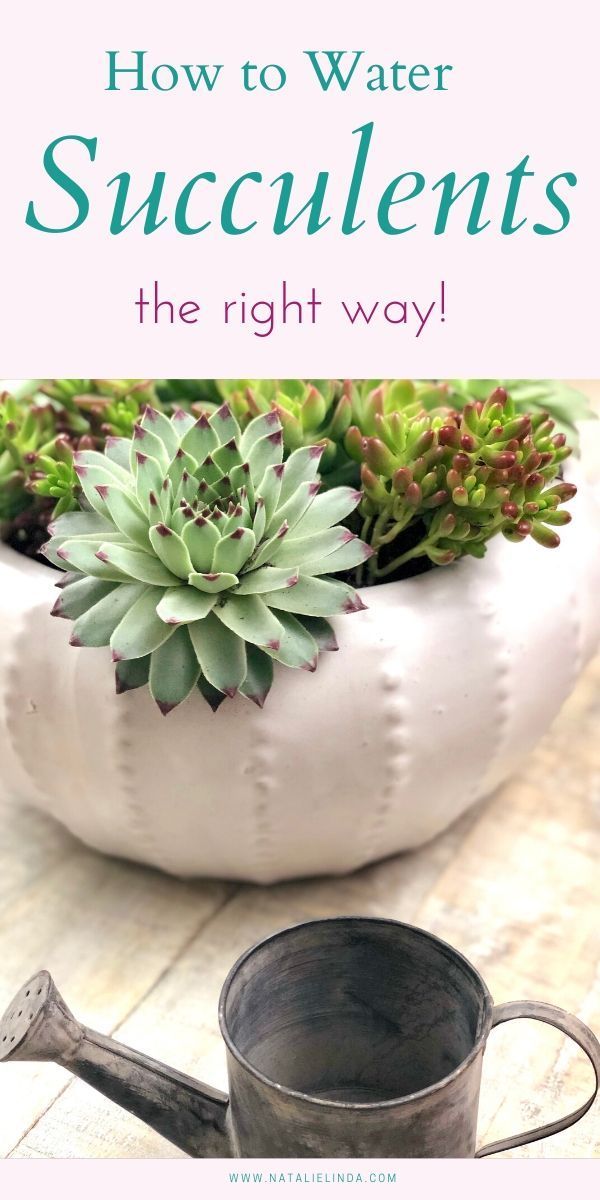When it comes to succulents, the act of watering them is akin to orchestrating a delicate ballet. To achieve the perfect balance, one must understand the nuances of bottom watering—a method that not only nourishes these hardy plants but also ensures their longevity and vitality.
In this article, we shall embark on a journey through the intricacies of bottom watering, illuminating the optimal duration for this technique, and exploring why it resonates with the very essence of succulent care.
The Art of Bottom Watering: A Subterranean Serenade
Bottom watering, in its essence, is a technique that draws moisture from beneath the soil—a method that mirrors nature, where roots strive to reach water deep underground. Instead of pouring water directly onto the leaves, this approach allows the plants to absorb water through drainage holes at their bases. To initiate this practice, begin by placing your succulent in a shallow dish or tray filled with water, ensuring the pot’s drainage holes are submerged.
But the question lingers—how long should one allow the roots to luxuriate in this underground oasis? Typically, a duration ranging from 10 to 30 minutes suffices, depending on several factors such as the size of the pot, the type of succulent, and the prevailing environmental conditions. The primary goal is to enable the soil to become adequately saturated without the peril of overwatering, which can lead to root rot and other maladies.
The Goldilocks Principle: Finding the Just-Right Balance
Much like the fabled Goldilocks, whose quest was to find what was “just right,” succulent enthusiasts must discern the perfect balance of moisture when engaging in bottom watering. This involves discovering the unique requirements of your particular plants—different succulents have distinct thirst levels and tolerances. For instance, varieties such as Echeveria might thrive with slightly moist conditions, while others, like Lithops, prefer a more arid environment.
Begin by observing the soil’s texture. A well-draining cactus mix should feel loose and crumbly, allowing for efficient moisture retention without becoming overly saturated. Test the soil by inserting your finger about an inch deep; if it feels dry, it may be time to initiate bottom watering. As the minutes pass in your watering ritual, notice how the soil darkens and transforms, indicating that the roots are imbibing the hydration they covet.
But how do you know if you’ve achieved that sweet spot? The key lies in your potting technique and the materials used. Terracotta pots, which are porous and naturally absorb moisture, may require less time submerged compared to plastic pots that inhibit water evaporation. Thus, adaptability becomes essential in mastering the timing for bottom watering.
After the Flood: Embracing the Post-Watering Phase
Once the designated time has elapsed, it is crucial to extricate your succulent from its watery bath and allow it to drain. This phase may feel counterintuitive, as one might be inclined to assume that the more they water, the healthier the plant will be. However, this assumption can lead to the dreaded consequences of waterlogged roots.
Following the drain, inspect the roots to ensure that they are not sitting in excess moisture. Fortunately, this observation can be facilitated by simply lifting the pot slightly to check if any water still clings to the bottom. If it does, allow the pot to sit in an upright position on a drying rack or a paper towel for a few moments before returning it to its designated spot. Prior to offering your succulent exposure to sunlight again, allow ample time for the excess water to evaporate in a safe and controlled manner.
Moreover, understanding seasonal variations plays a pivotal role in efficient watering techniques. During the growing season in the spring and summer months, succulents require more frequent watering—hence the necessity for deeper soaking sessions. Conversely, in the cooler months, succulents enter a dormancy phase, necessitating less frequent hydration sessions.
Additionally, consider the environmental temperature and humidity. During the sweltering summer, the evaporation rate increases, requiring more water retention, while a desiccated winter ambiance might compel longer soaking durations.
Conclusion: A Dance of Water and Roots
Ultimately, the practice of bottom watering succulents transcends a mere necessity—it embodies an intricate dance of water and roots, a delicate balance essential for fostering vibrant and thriving plants. By adhering to the principles laid out in this guide, succulent aficionados can ensure their green companions not only survive but flourish.
As you engage with your plants in this manner, remember that cultivating the right conditions involves observance, patience, and adjustment. Each succulent has its own character, and by tuning into these nuanced requirements, one can foster a veritable Eden of lush, resilient greenery that brings joy and beauty to any space.





Leave a Comment